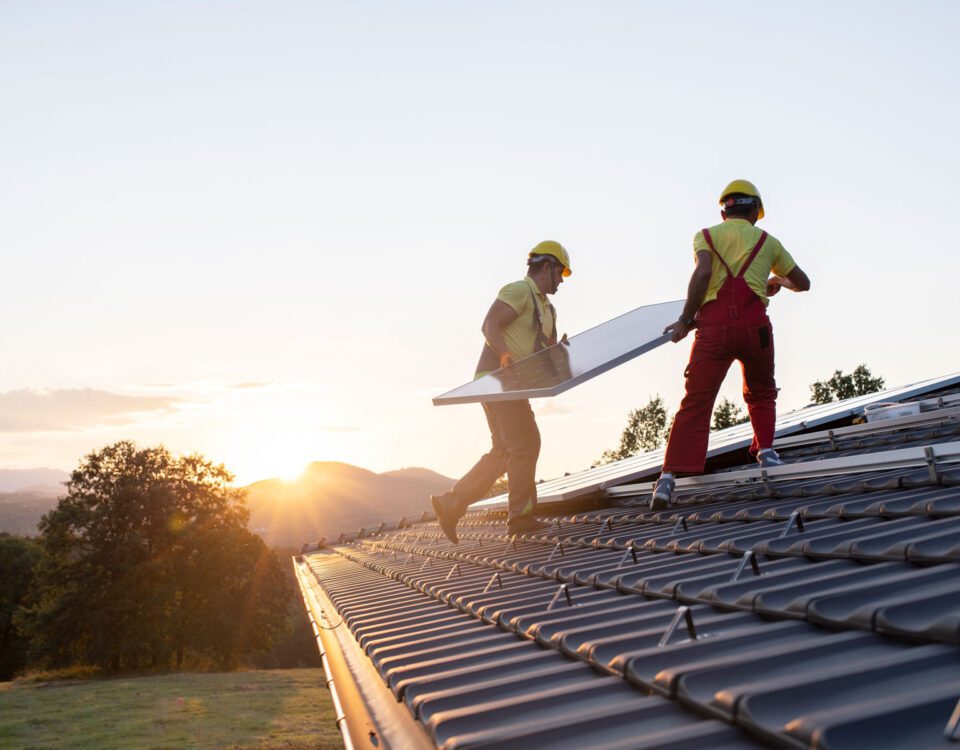What is Carbon Capture Technology?

Removal of carbon dioxide from the atmosphere is key to fighting climate change, whether it is to offset recent and future unavoidable emissions, or to make inroads into mankind’s post-Industrial Revolution legacy. Promotion of natural systems plays an important part with soils, vegetation and marine environments all contributing. However, there will be a limit to how many trees can be planted and how much land can be converted to peat bogs. This is where carbon capture technology steps in.
Carbon capture, utilisation and storage (CCUS) encompasses a large range of technology that can be used to capture carbon dioxide (CO2). Emissions from burning fuels can be intercepted at source, such as at power plants or industrial facilities, as well as atmospheric CO 2 through direct air capture (DAC).
CCUS can be divided into two distinct forms based on fate of the CO2, these are Carbon Capture and Utilisation (CCU) and Carbon Capture and Storage (CCS).
In CCU, carbon is compressed for positive reuse – for example as a feedstock for industrial processes. This can provide a revenue stream whilst optimising the use of fossil fuels and their associated emissions.
In CCS, carbon is permanently and deliberately sequestered by injecting it into deep geological formations. These are often depleted oil and gas reservoirs as they have proven geological formations, demonstrated by the securing of their previous contents for millennia.
Currently, CCUS technology is in operation at more than 20 locations globally, capturing more than 40,000,000 tonnes of CO2 annually – this is equivalent to more than seven million people flying return from London to Sydney every year.
Chemical absorption and physical separation are the most advanced methodologies. The technologies are proven, having been in use for several decades, and have the capability of being retrofitted to existing plants and facilities.
CCUS technology is gaining attention with efforts to decarbonise emissions since it can lead to a “carbon negative” scenario. However, there is a mixture of opinions when it comes to carbon capture: some see it as a tool in achieving Paris Agreement goals of limiting the planet’s warming, as well as being a necessary for sectors where it is difficult to avoid emissions, such as in cement, chemical and steel refineries. Others see it as enabling the continuation of fossil fuel use and hindering the transition to green energy by investing in competing technologies.
Although the IPPC includes negative emissions within its model scenarios for a sub-2°C temperature rise it recognises a risk – the industrialisation of such technology to a scalable model is currently uncertain and long term regulation and monitoring for the storage of CO2 will be required to really ensure its permanence. To be on track for the Paris goals requires carbon capture to sequester 1.5 gigatonnes of CO2 per year by 2030 – an increase by a factor of 35.
It currently takes up to ten years to commission a CCUS plant. This then is the challenge for scientists, industry, planners, and regulators alike, as relying on non-technological methods is not an option.
References:
· https://www.iea.org/reports/ccus-in-clean-energy-transitions/a-new-era-for-ccus
· A. Babin et al. (2021) https://doi.org/10.1016/j.biombioe.2021.105968
· https://www.carbonbrief.org/beccs-the-story-of-climate-changes-saviour-technology



